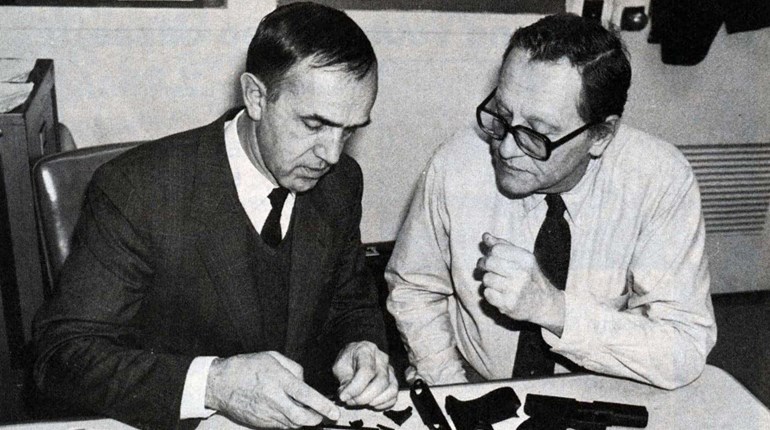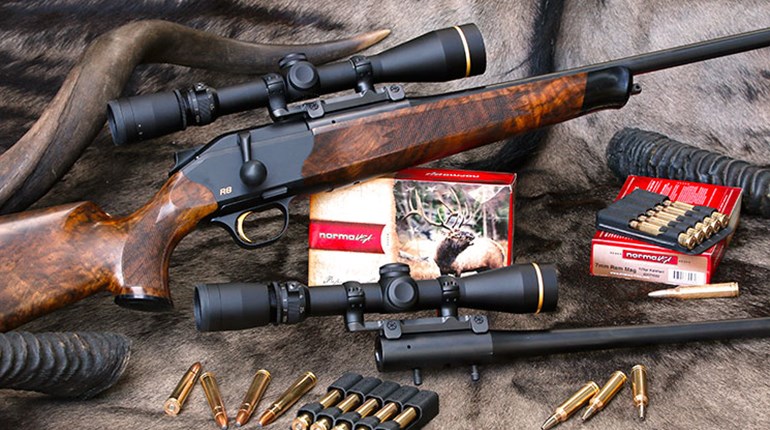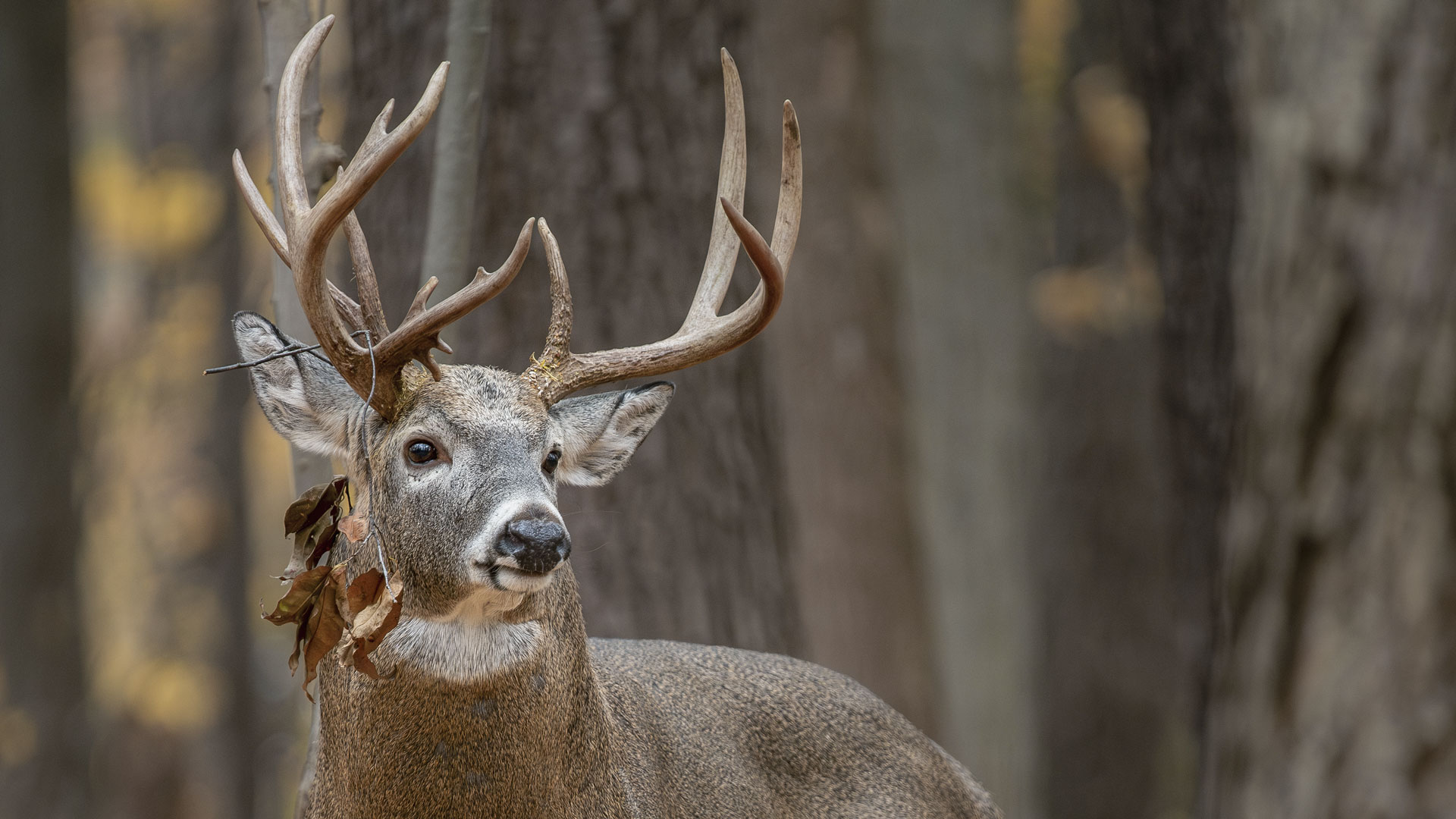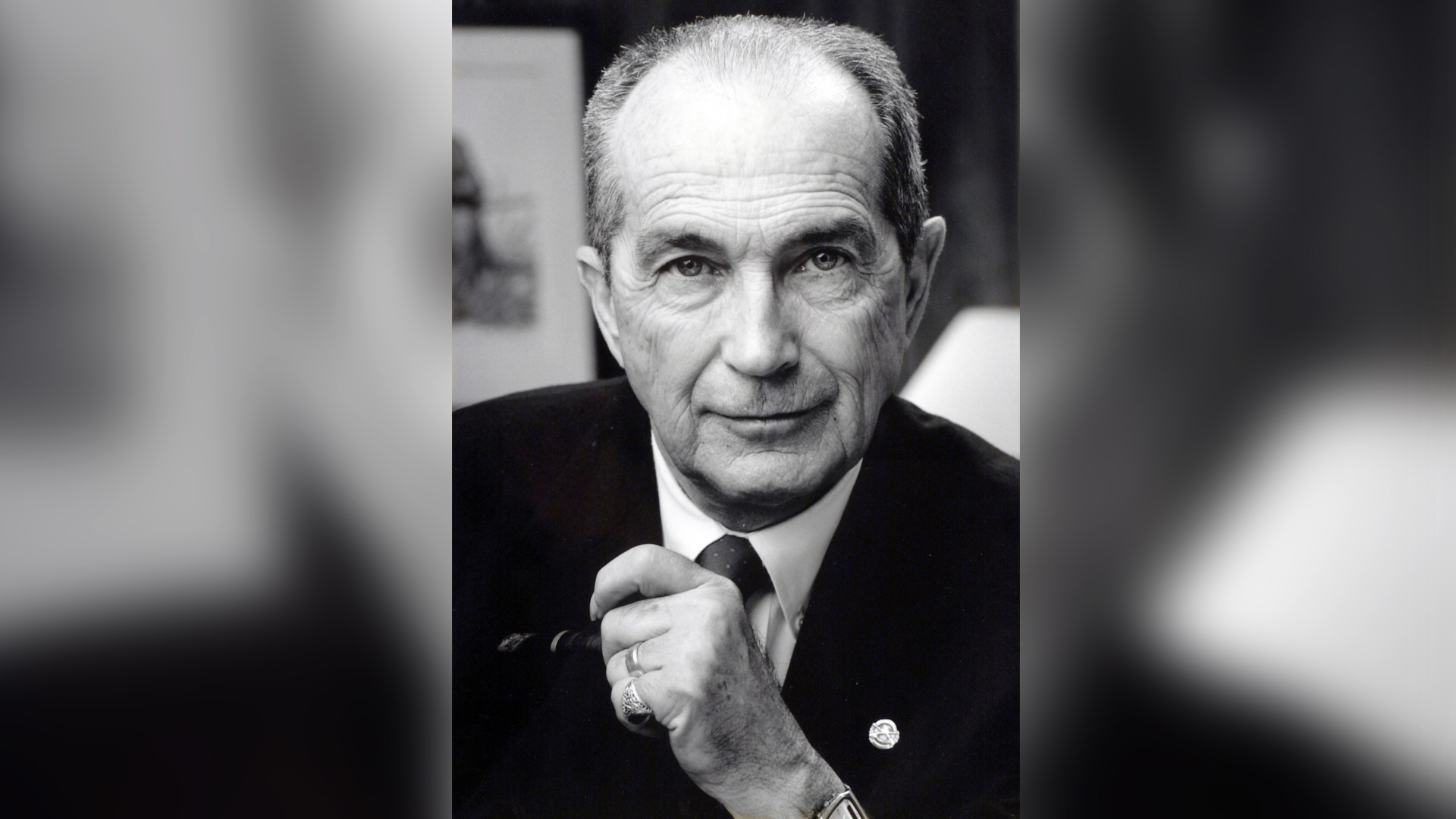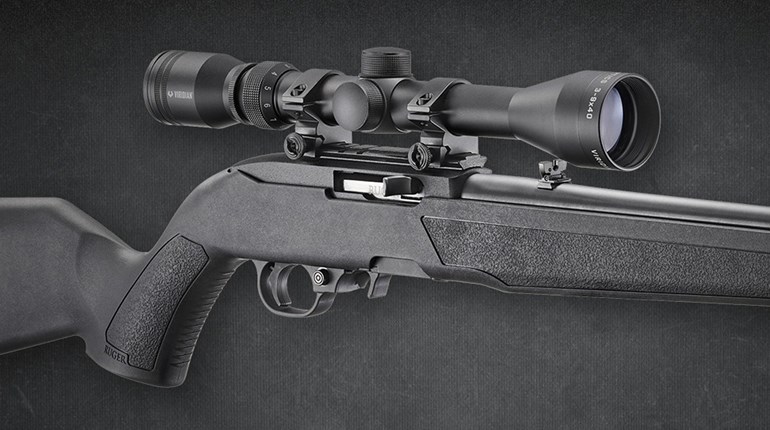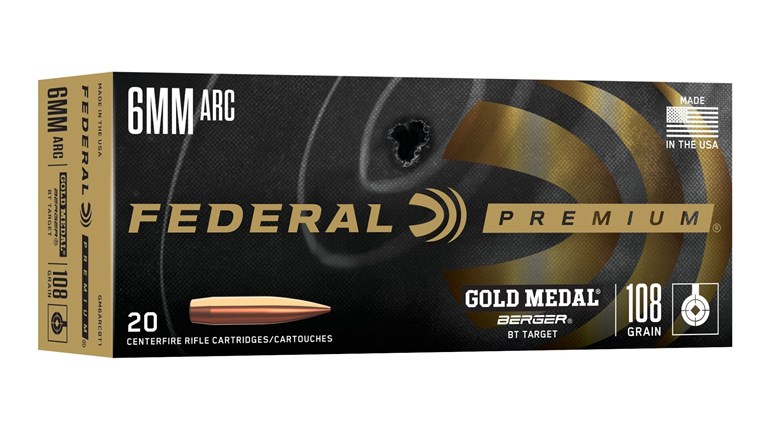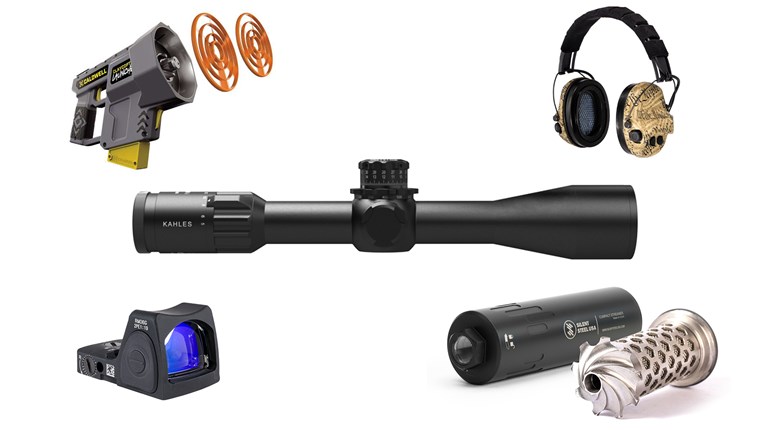
October, 1980—American Rifleman Magazine
Hundreds of pages of information, speculation, and myth have appeared on Winchester’s premium bolt-action centerfires. By access to factory records this three-part series attempts to tell just when and why the many variations were made starting in this issue with the Model 54. Next month the legendary pre-’64 Model 70 will be examined, and the following month will bring the story up to date.
It is generally conceded that the Winchester Model 54 was the first of Winchester’s successful bolt-action, center-fire rifles. That is not strictly true.
In the late 1800s, the .45-70 cal. Hotchkiss bolt-action with tubular magazine in the stock was purchased in some quantities and tested by the U.S. Government. It met with no great popularity in the hands of the troops, and a commercial sporting version did no better. Later, Winchester made the Lee Straight-Pull rifle for the U.S. Navy and again offered a commercial equivalent, both guns being chambered for a special .236 cal. smokeless powder cartridge.
By the year 1900, both the Hotchkiss and Lee Straight-Pull had been discontinued, and Winchester had introduced its first .22 cal. bolt-action, single-shot—the Model 1900. Other .22 cal. bolt-actions followed, but it was not until the First World War that Winchester again entered the field of bolt-action centerfires. In 1914, Winchester negotiated a contract with the British for the manufacture of the Pattern 14 Enfield Rifles. The Pattern 14 rifle, of course, led to the manufacture of the primary U.S. service rifle of World War I, the U.S. Enfield Model 1917. After the war, Winchester did not elect to sporterize the Enfield, as did Remington with its Model 30 rifle.
The fact is Winchester realized the bolt-action, center-fire was finally about to come into its own as the civilian sporting rifle of choice, but it realized also that the Enfield pattern with its bulky cock-on-closing action left something to be desired. Winchester decided to develop its civilian bolt-action, center-fire not on the Enfield but on the 1903 Springfield pattern. It was not until 1925 that the Model 54 was introduced, though design teams had been active on it for at least three years. The first Model 54s were chambered for the then-new .270 Win. and the U.S. service .30-’06 cartridges. The coned breech system, common to Enfield and Springfield rifles was utilized, which, if nothing else, contributed to sure and smooth feeding of cartridges from the integral box magazine.
The receiver was milled from a bar of nickel steel, and the bolt, with its dual, front-mounted locking lugs, was a one-piece forging with integral handle, similar to that of the Springfield but lacking the ejector slot in the left locking lug.
In 1925, the telescopic sight was still a relative rarity, and little thought was given to adapting the safety or bolt handle for a low-scope clearance. The familiar claw extractor common to Mausers and Springfields was employed. The huge Springfield safety lug on the bolt was eliminated, and in its place was a backup flange by the bolt handle root and a guide lug near the center of the bolt body. The receiver itself was far more streamlined than that of the Springfield, and the popularity of the model 54 over the sporterized Springfield was probably due mainly to this fact. It must be remembered that Springfields were available from surplus stocks at very reasonable cost, and the cost of a roughly sporterized surplus Springfield was far less than that of an unaltered Model 54.
The Springfield’s magazine cutoff and bolt removal lever was considered unnecessary for the commercial Model 54 and was therefore eliminated. In its place was a bolt removal arrangement activated by the double-pull trigger, which suffered thereby. A simple, steel strap trigger guard/floorplate and a military-type safety were hardly ideal from the sportsman’s point of view and were to be replaced in the later Model 70 rifles. In 1932, the Springfield-type firing pin was modified, resulting in a speed-lock. This greatly improved the potential accuracy of the rifle.
The production of the Model 54 rifle lasted for 12 years, until it was replaced in 1937 with the Model 70. In that 12-year period, it was chambered for 10 cartridges as regular catalog offerings, though other calibers have been reported and may represent custom orders or experimental models.
The barrels varied from 20” to 26”, depending on which of the 10 rifle or carbine types was involved. Barrel material was originally nickel steel, and in later years, Winchester Proof Steel. By 1930, stainless steel barrels were available as options on special order.
The first type rifle made and offered (.30-’06 or .270) was equipped with a rather slim stock with a schnable fore-end and full checkering. In 1931, a somewhat heavier profiled stock, conforming to NRA suggestions of the day, was added to the line, and the “old style” with schnable tip was soon dropped.
A carbine with 20” barrel, no checkering but with a grooved fore-end, was added in 1927 and remained in the line throughout the 54’s production life.
Various “Sniper” and Target rifles were made and proved popular, and a Super Grade with cheekpiece and select walnut stock was made in all calibers save the .30-30 Win..
One type that was cataloged for only one year (1935) was the so-called Heavy Barrel Rifle, which today would probably be called a Heavy Barrel Sporter or Varmint Rifle. Unlike the Model 54 Target, Sniper and National Match rifles, the Heavy Barrel had a contrasting tip, and checkered, NRA-type stock channeled for the heavy target barrel. It was equipped with target scope bases and the Lyman 48W receiver sight as standard equipment.
Lyman’s 48W was available either as standard or optional equipment on every type Model 54 made, but virtually any commercially made sight suitable for the Model 54 could be had from Winchester.
Not counting sight or barrel material options, there were (as the accompanying chart illustrates) some 56 caliber/type variations offered in Winchester catalogs for the Model 54. Some of the 56 may never have been made—others, uncataloged, surely were.
By 1937, Winchester had had time to study the pluses and minuses of the Model 54, and while sales had not been particularly good (almost 50,000 guns in the 12-year period), Winchester decided that the by-then relative scarcity of Springfields for sporter conversion demanded a further look at a new and improved Model 54. The result was the 1937-introduced Model 70 rifle, which was truly to become a legend in its time.












